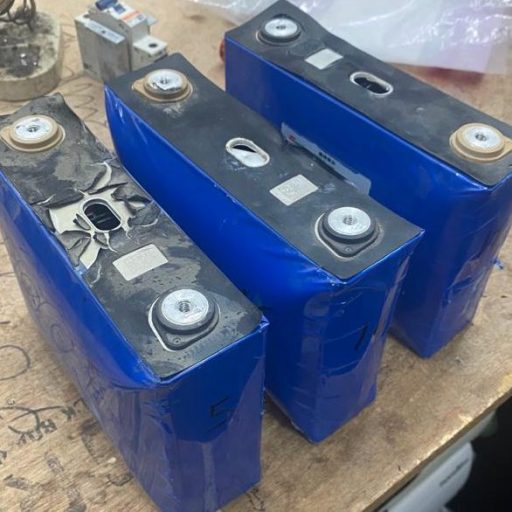Reliance unveils swappable, multipurpose batteries for EVs
Reliance Industries, a major Indian company known for oil refining, is entering the clean energy market with a new battery technology. They unveiled swappable batteries that can be used for two purposes:

Powering electric vehicles (EVs): Electric vehicles (EVs) are powered differently than traditional gasoline-powered cars. Here’s the breakdown:
- Battery Storage: EVs rely on a large rechargeable battery pack, typically Lithium-ion based, to store electrical energy. This battery acts like the fuel tank in a gasoline car.
- Electric Motor: Instead of an internal combustion engine, EVs use one or more electric motors. These motors convert the electrical energy from the battery into power to drive the wheels.
- Charging: To refill the battery, EVs need to be plugged into a charging station. These stations can be found at homes, workplaces, public locations, or special charging networks. The charging time depends on the battery size and the type of charger used.
- Regenerative Braking: During braking or downhill driving, EVs can recapture some energy. The electric motor acts as a generator, converting the car’s momentum back into electricity and topping off the battery.
Here’s a benefit of EVs related to powering them:
Reduced Emissions: Since EVs don’t burn gasoline, they produce zero tailpipe emissions, contributing to cleaner air. However, their environmental impact depends on the source of electricity used to charge them. Ideally, renewable sources like solar or wind power would be used for maximum benefit.
Powering household appliances: By connecting the battery to an inverter, it can provide electricity to a home’s appliances during power outages or other situations,
Household appliances are typically powered by electricity from the grid. When you plug in an appliance, electricity flows through a cord and into the appliance. Inside the appliance, the electricity is used to power various components, depending on the appliance’s function.
Here are some examples of how electricity is used to power common household appliances:
Appliance How Electricity is Used Refrigerator A compressor circulates cool air. Toaster Coils heat up to radiate heat to toast bread. Washing machine A motor spins the drum and pumps water. In addition to these examples, electricity is used to power a wide variety of other household appliances, including ovens, microwaves, dishwashers, clothes dryers, vacuum cleaners, televisions, computers, and more. The way that electricity is used to power each appliance varies depending on the specific function of the appliance. However, the basic principle is the same: electricity flows through the appliance and is used to power various components.
This multipurpose design aims to give consumers more flexibility and potentially reduce costs.
Here are some additional points to note:
- Reliance plans to build a network of battery-swapping stations where users can quickly replace a depleted battery with a charged one.
- The company also intends to sell rooftop solar panels, allowing homeowners to recharge the batteries with renewable energy.
- The exact launch date for these batteries is not yet announced.
Overall, this initiative is part of Reliance’s larger strategy to invest in clean energy solutions and move away from its reliance on fossil fuels.
Indian oil refining giant Reliance Industries showcased its swappable and multipurpose battery storage technology for electric vehicles (EVs) on Wednesday, as it makes a big push on clean energy.
Reliance, led by billionaire Mukesh Ambani, displayed removable and swappable batteries for EVs that can also be used to power household appliances through an inverter at a renewable energy exhibition.
The idea is that a person can use one battery for mobility and powering appliances at home, company executives at the event said, requesting not to be quoted as they are not authorized to speak with media.
The batteries can be swapped at Reliance’s battery swap stations or re-charged by households using rooftop solar panels, which also it plans to sell, the executives added. The executives did not clarify when the company planned to start selling these batteries.
The development of battery storage solutions is a part of Reliance’s bigger $10 billion green push towards clean energy projects. The company aims to cut dependence on its mainstay oil-to-chemical business and be net zero carbon by 203






